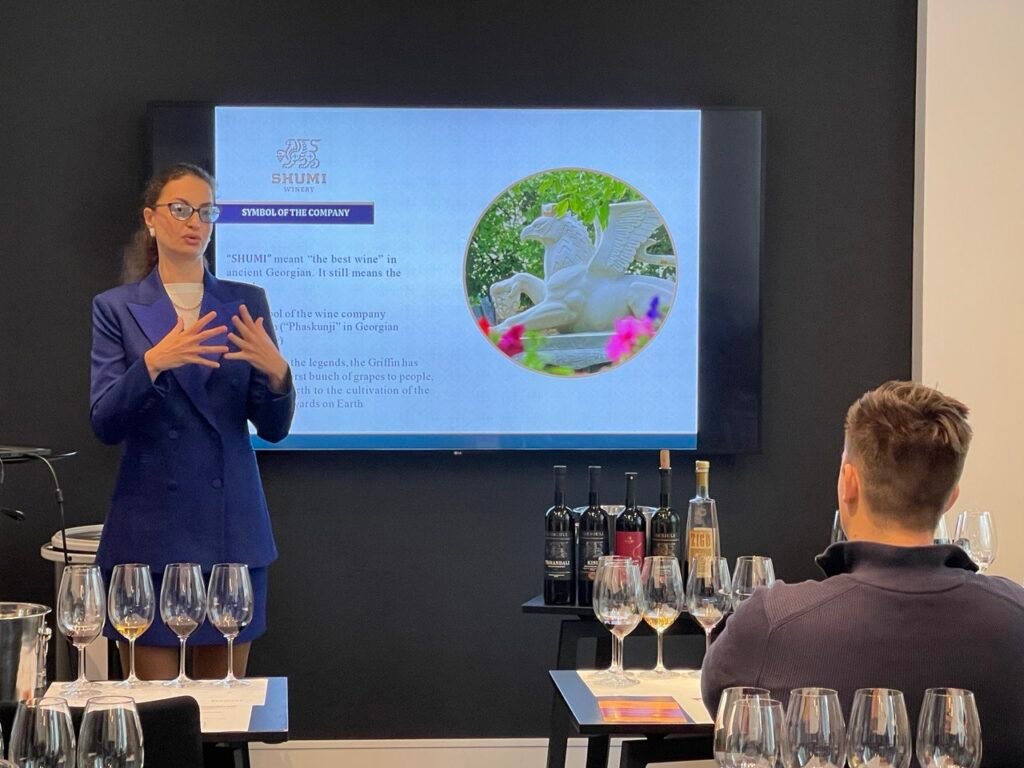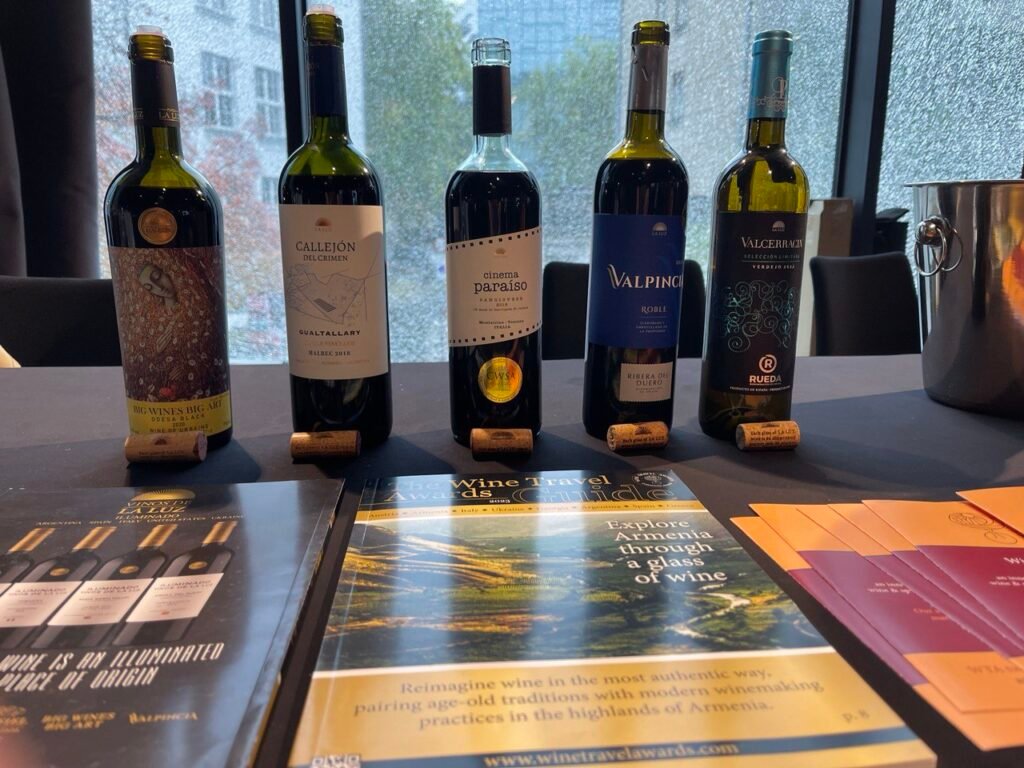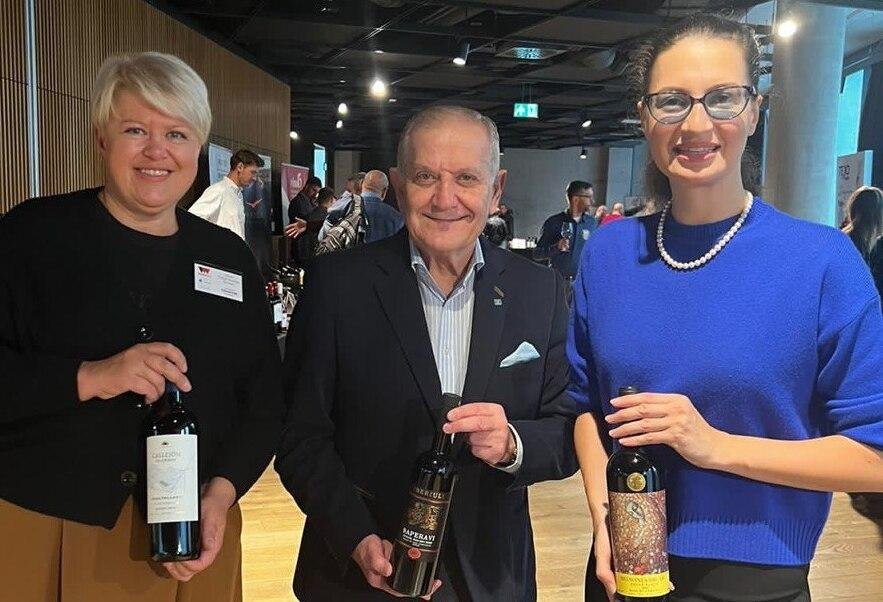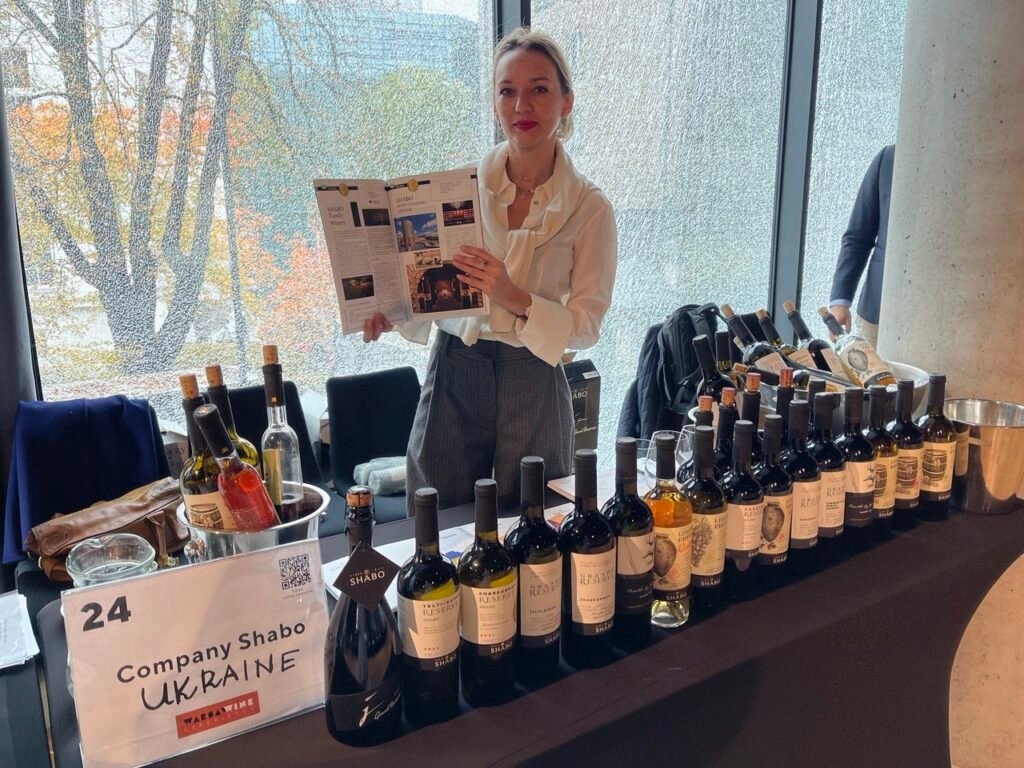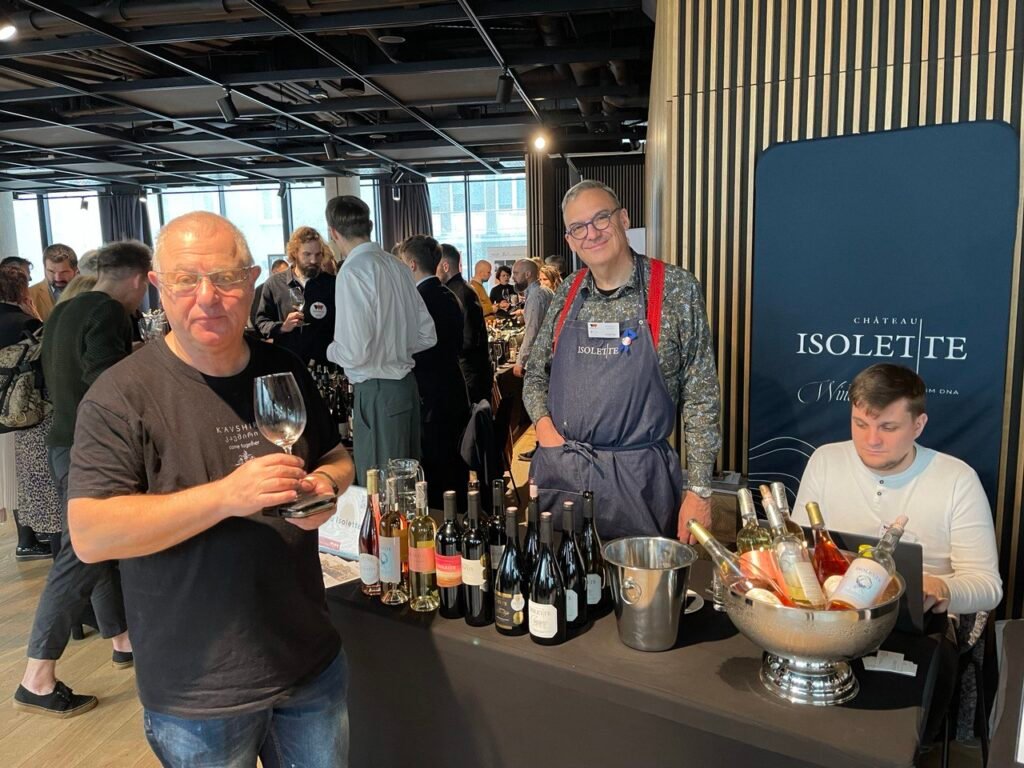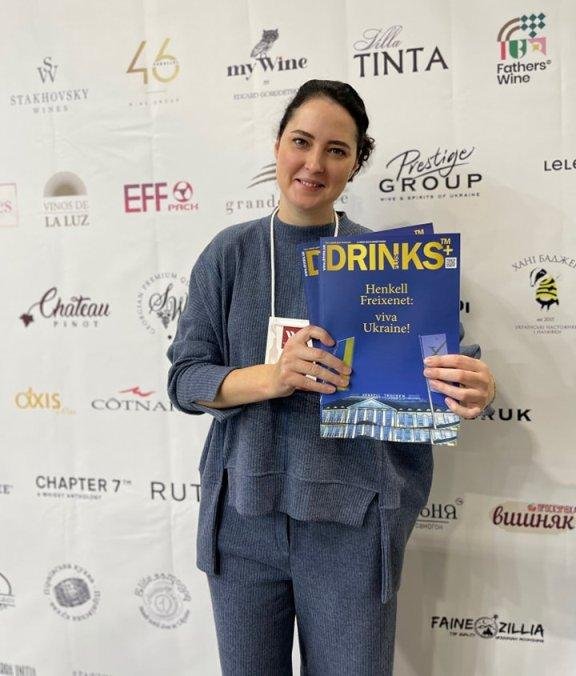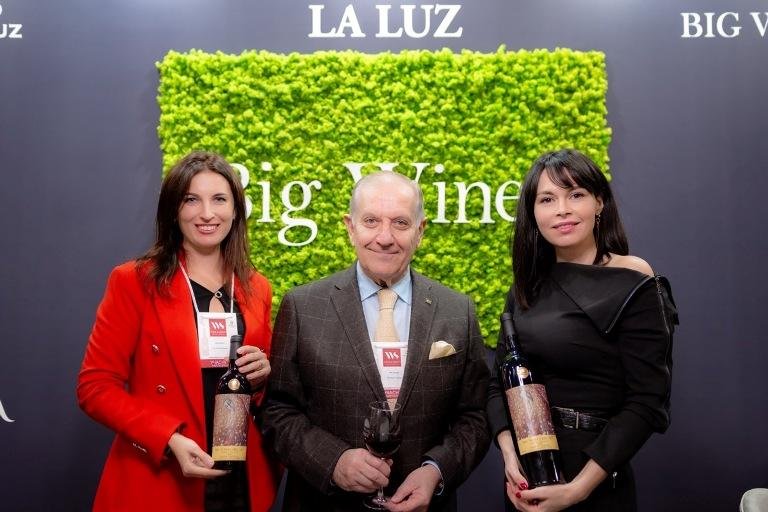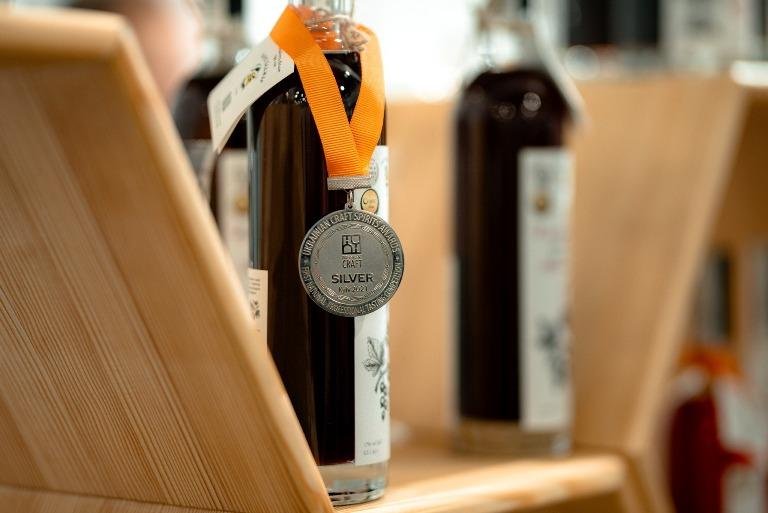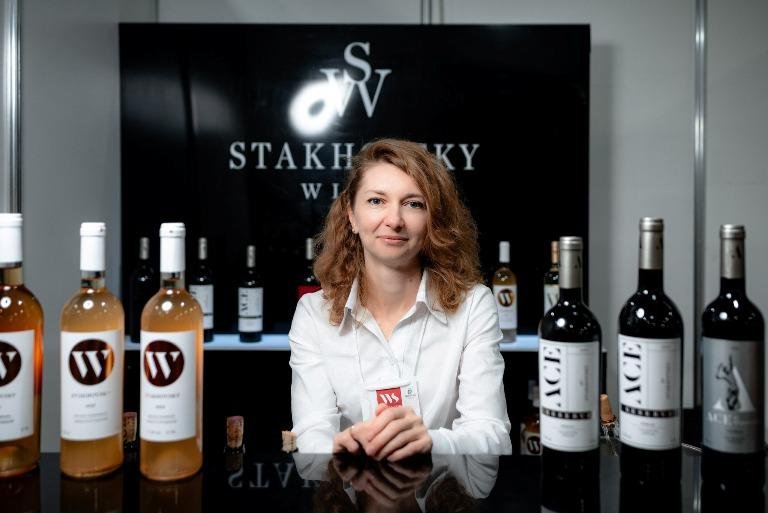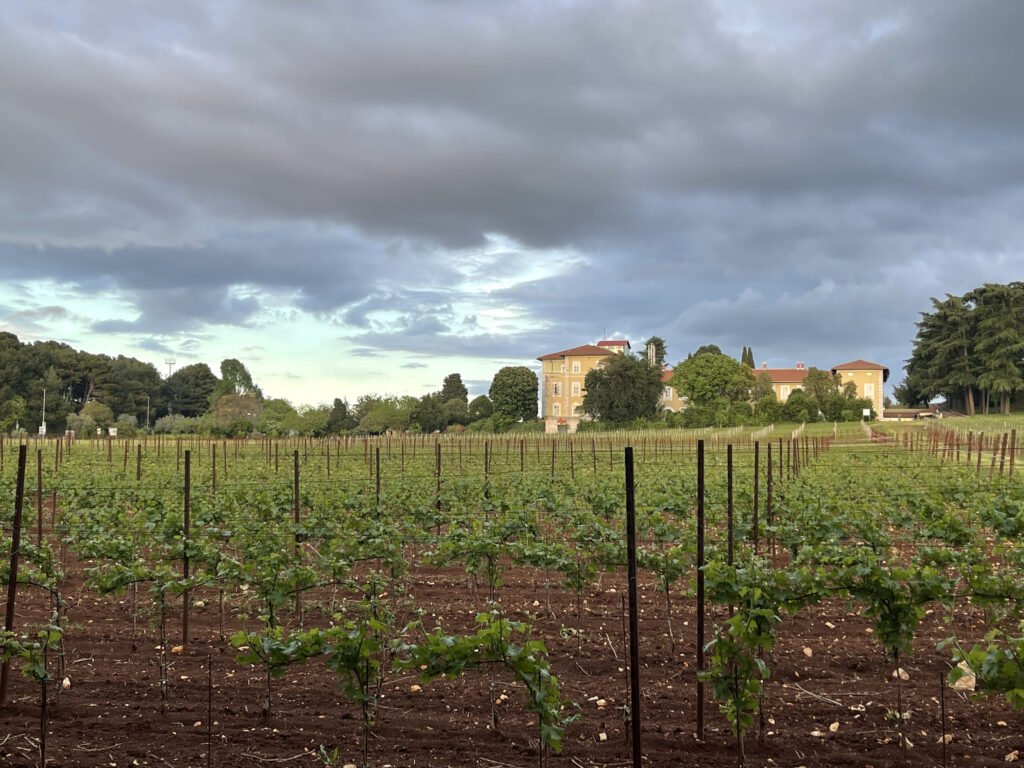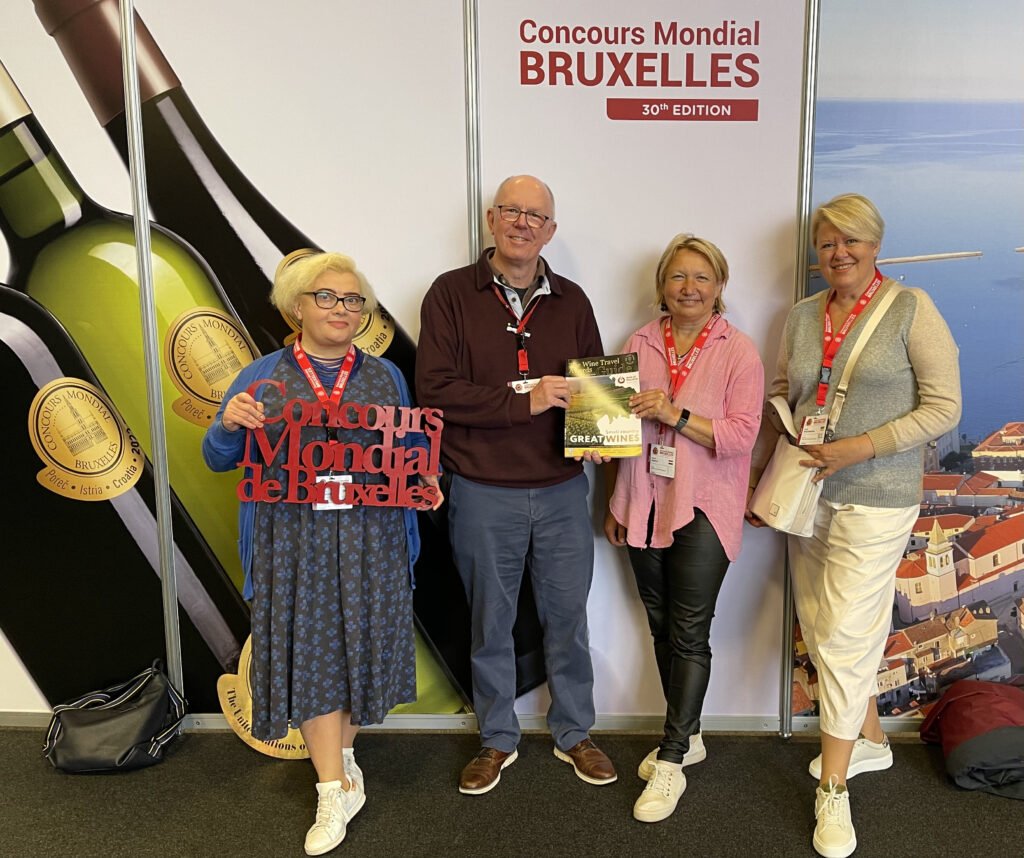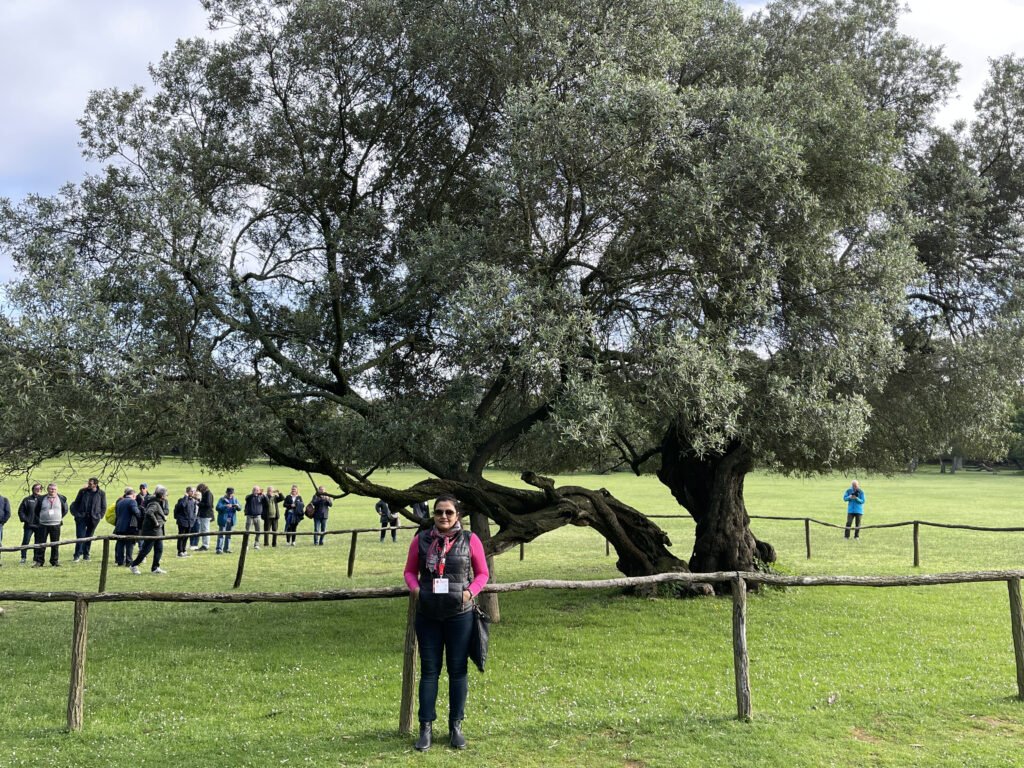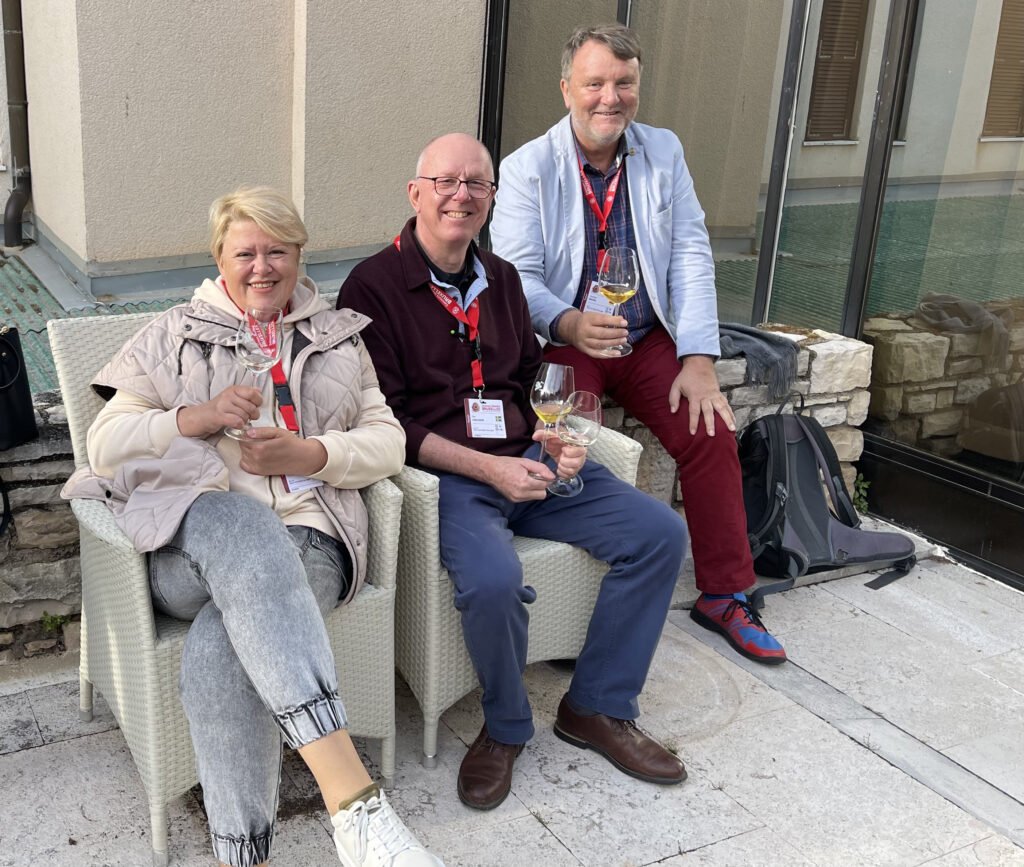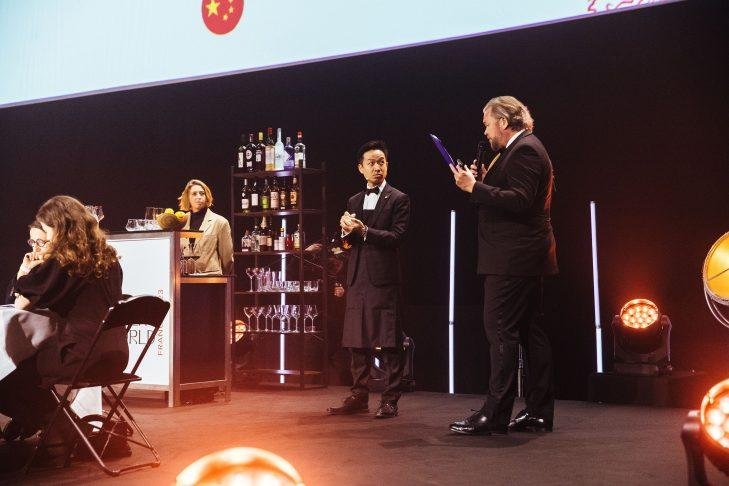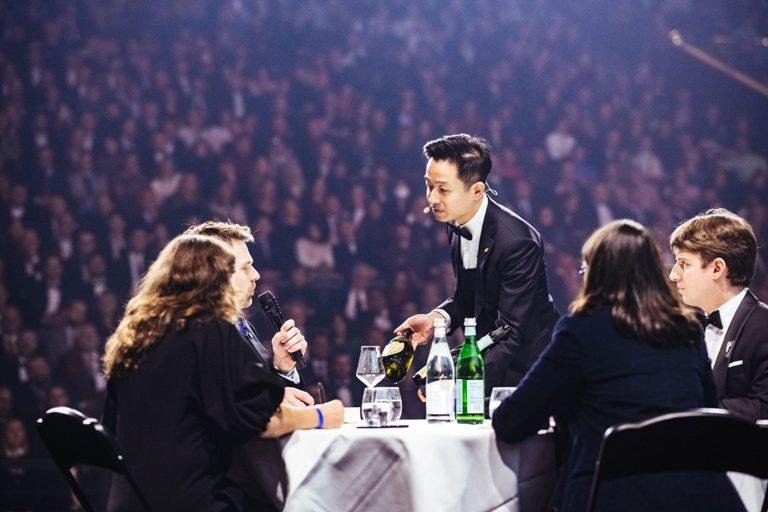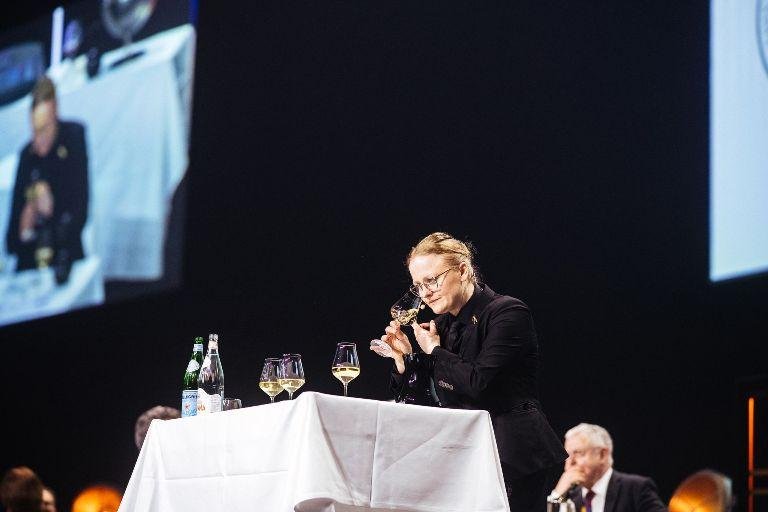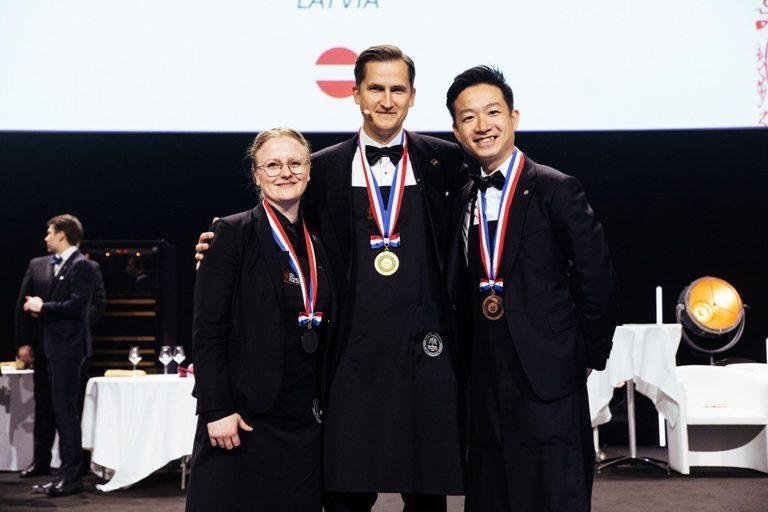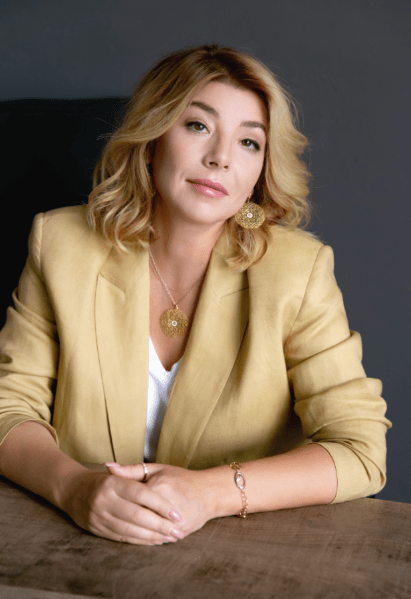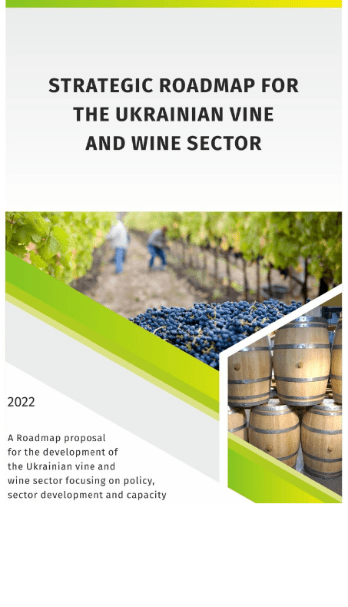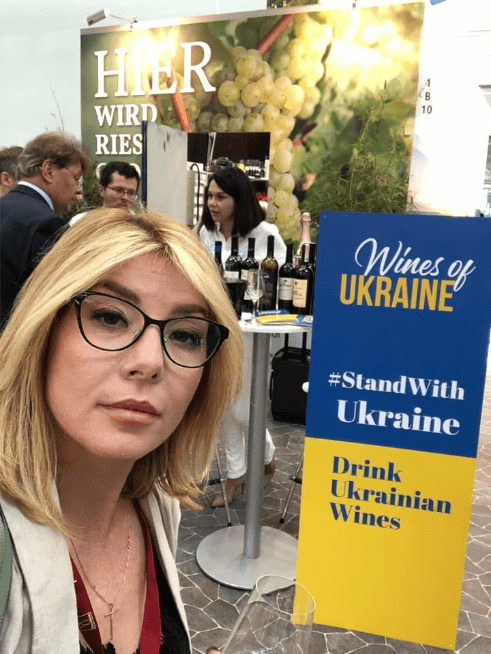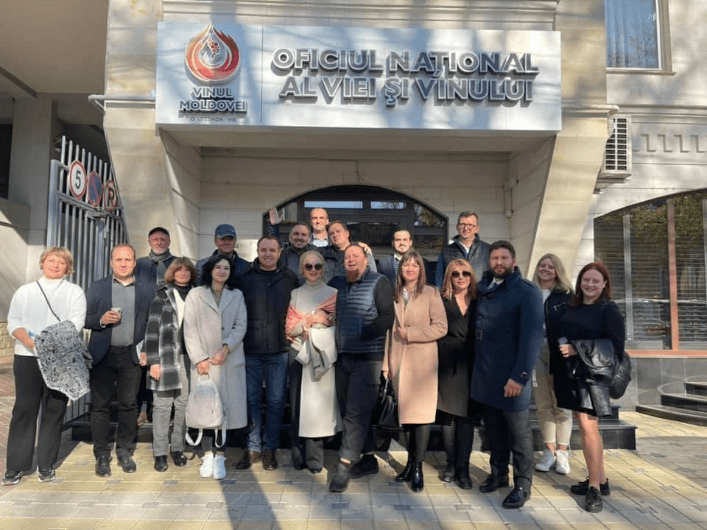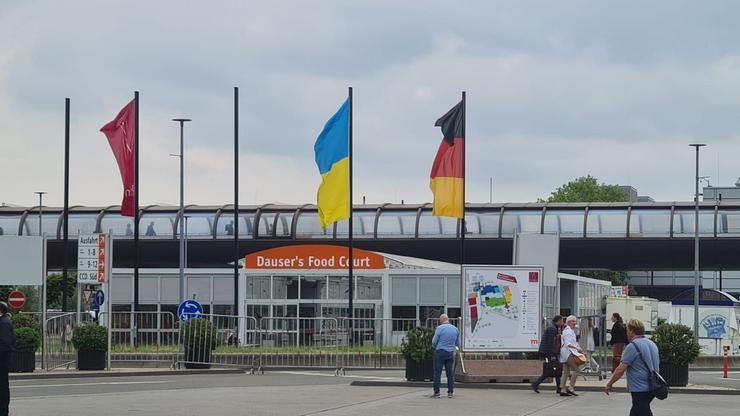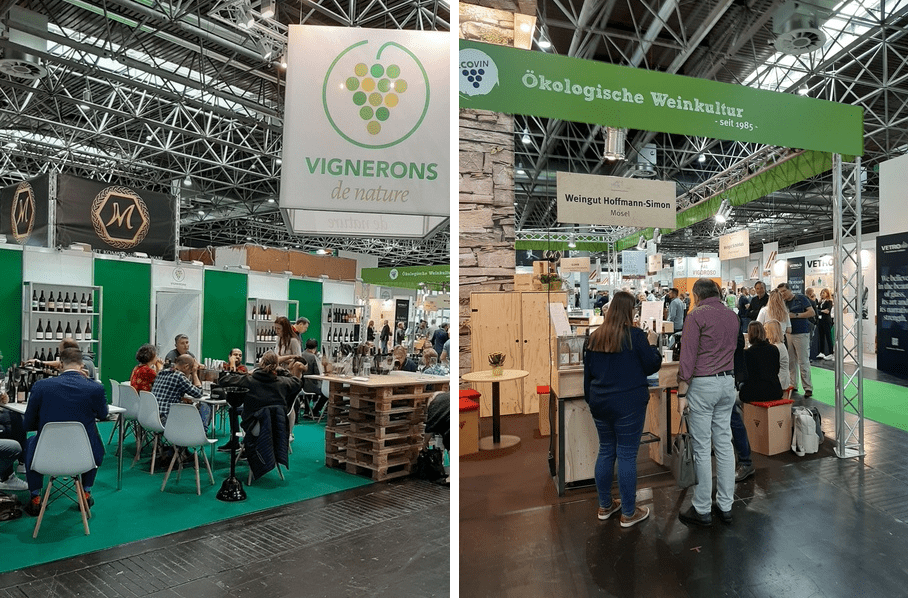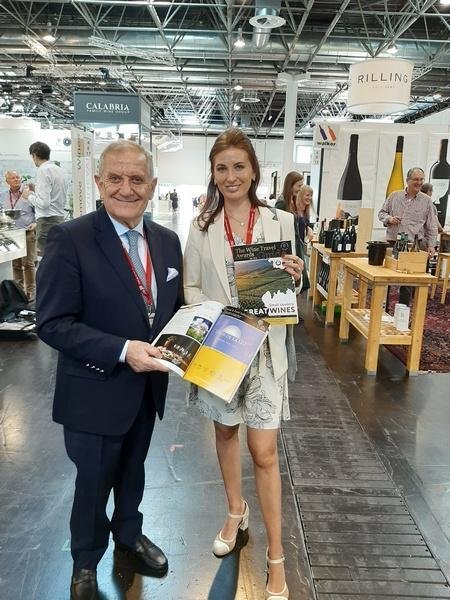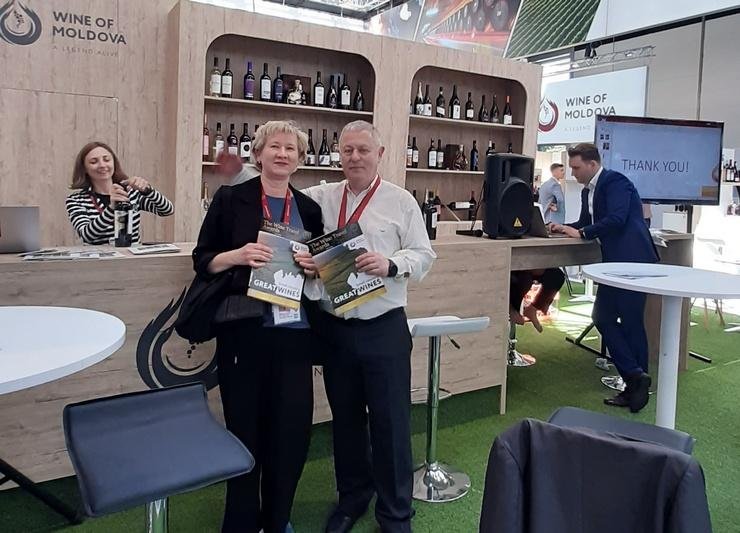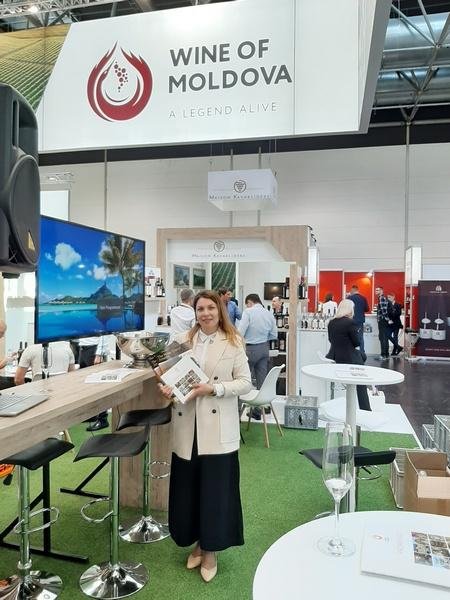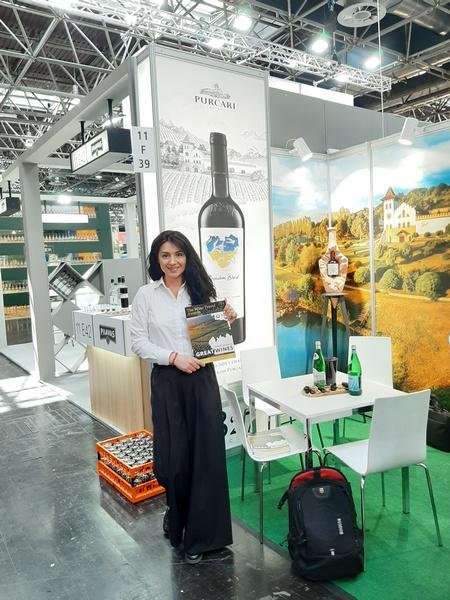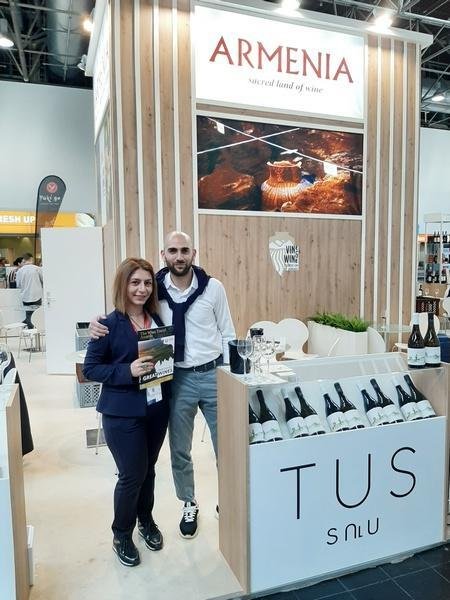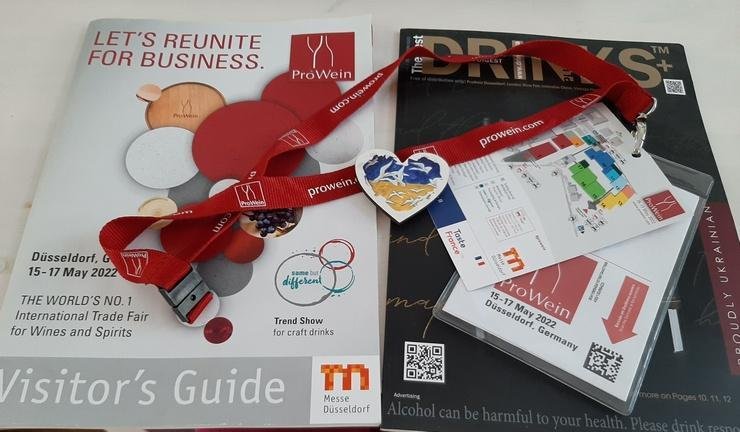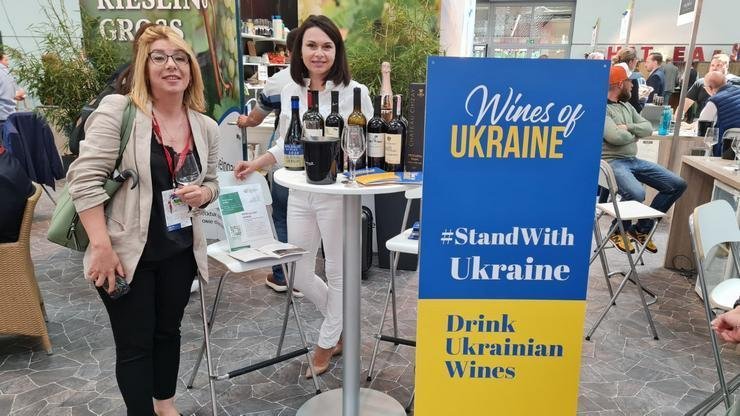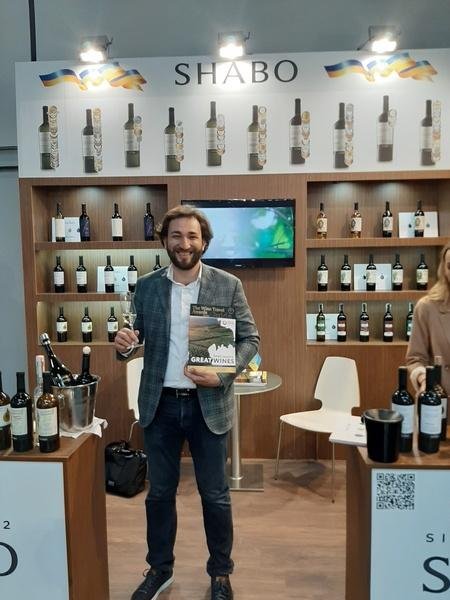VieVinum: #1 in Austria and the first aesthetics model worldwide
This year’s VieVinum expo has demonstrated that Austria’s wine industry is becoming increasingly attractive to the global professional community: 16,000 visitors, 1,200 wine experts from 58 countries responded to the invitation and came to Vienna’s Hofburg Palace, setting a new exhibition attendance record. Drinks+ columnist was among the international journalists invited from all around the world.
Wine connecting people
Never before has VieVinum hosted such a significant number of wine buyers, distribution and sales, retail and hospitality experts, influencers and journalists. Among the guests, one could see representatives of the elite of the international wine community. Throughout the expo, I was lucky enough to meet Raimonds Tomsons – 2023 Best Sommelier of the World, no less than six well-known Master Sommeliers and a couple of dozen famous Masters of Wine. And, of course, those were just spotted by me, official statistics showed even more impressive numbers.
This year’s forum in Vienna made a breakthrough in international reputation. It will not be an exaggeration to say that VieVinum 2024 is not only Austria’s most representative exhibition forum (more than 550 exhibitors!) but also one of the most elegant wine events in the world.
Vienna’s Hofburg Imperial Palace, as well as other locations for accompanying events, are architectural gems, the involvement of which in holding the exhibition demonstrates how important wine is for Austrians. The elegant Hofburg does not need additional decorations. Modern stands with complex structures, which are common at large forums, would be inappropriate here.
This spring, we already wrote about a similar, impressive format, when all exhibitors have equal opportunities for visual expression, working at the tables as in a walk around tasting format, where wine plays the main role. But in Vienna, this format also had an aesthetic mission: to showcase wine and architectural masterpieces on an equal footing. The experience was pretty similar to going to the Theater, and the visitors did appreciate it! Despite the rather high ticket prices: 1 day standard ticket — 75 EUR, for trade visitors 55 EUR, for sommeliers and Weinakademiker 45 EUR; three days standard ticket — 190 EUR, for trade visitors 140 EUR. And just imagine – all three days of the event at the Vienna exhibition were sold out! Note that every component of VieVinum, both the visual part and the content, is the result of the titanic work carried out by the team of the Austrian Wine Marketing Board (Austrian Wine, AWMB).
To be honest, during the busy expo days it was not so easy to get a comment from Chris Yorke, CEO of AWMB, but despite the incredible workload, he shared his impressions of this year’s success with Drinks+: “VieVinum broke all records this year! This is very important for our producers, because their economic situation is not easy now. It also shows how much the popularity of our wines has grown around the world.”
Like most wineries in Austria, MAC Hoffmann, the agency organizing VieVinum, is a family business. And this VieVinum turned out to be special for Alexandra Graski-Hoffmann, the company’s CEO: MAC Hoffmann celebrated its 30th anniversary.
International Heroes and Rising Stars
The day before the opening of the exhibition, Austrian Wine organized exceptionally unique events. The first one was the International Heroes and Rising Stars flight tasting. Several tasting slots of one and a half hours were held in the luxurious Palais Niederösterreich starting from 9.00 on May 24.
Participants could individually choose from 18 expertly curated flights, which included a total of 76 wines from the International Heroes‘ category, and 26 from the Rising Stars.
International Heroes are the outstanding wines of Austria, which in 2022-2023 received more than 95 and 18 points (according to the evaluation scale of 100 or 20 points) at international competitions and ratings organized by reputable international media and well-known tasters. Rising Stars were selected by six national experts (sommeliers, traders and representatives of the professional media).
A warm welcome
The second unique pre-expo event was the Welcome Event, organized at the Museum of Applied Arts. It was incredibly beautiful! The luxurious halls and corridors of the museum, tables for tastings and tables for guests were decorated with flower arrangements of peonies, bluebells, foxgloves and other charms of European summer gardens.
The lighting of the halls had its own design scenario, which made it more festive. Austrian wines were lined up in separate bars corresponding to different regions: Vienna, Lower Austria, Styria and Burgenland.
There was also a bar with alternative wines and a themed Spritz cocktail. The central place was given to the vintage bar, where you could taste exclusive wines: Grüner Veltliner 2013 and 2006 Weinviertel DAC, 2010 Kremstal DAC Reserve, 2008 Kamptal DAC Reserve, 1996 Weinviertel; Riesling 1996 Weinviertel; Riesling 2009 Kremstal DAC Reserve, 2006 Wachau Smaragd, 2001 Thermenregion, 1997 Kremstal; Roter Traminer 1997 Südsteiermark; Weissburgunder 2005 Kamptal; Marillon 1995 Südsteiermark; Blaufränkisch 2015 Burgenland, 2013 Burgenland Reserve, 1995 Mittelburgenland; Sankt Laurent 2013 Burgenland Reserve, 2004 Thermenregion; Pinot Noir 2004 Burgenland Reserve, 2003 Burgenland; as well as sweet Weissburgunder 2001 Burgenland TBA and Grüner Veltliner 1994 Burgenland Strohwein.
The evening‘s entertainment program included the show of the Monito band, while guests could also enjoy the museum‘s current exposition with an exhibition of Gunter Konrad‘s works dedicated to Austria.
In the photo zone, decorated with a huge sofa, one could take a photo as a memory or decorate oneself with a temporary tattoo.
Austrian Wine Update with Chris Yorke
The VieVinum exhibition opened on May 25 with an important event: Chris Yorke‘s report on the situation and prospects of Austrian wines in the world. Briefly, the main facts. The cornerstones of the Austrian wines‘ strategy are premiality, sustainability and a combination of traditions and innovations. The strategic goals of Austrian Wine are to continue the growth of exports with a medium-term goal of 250 million euros, maintaining a high share in the domestic market and close cooperation with wineries.
Sustainable viticulture is part of Austria’s DNA: 25% of vineyards are certified by Sustainable Austria, 22% are organically certified and 3% (or 15% of organically certified vineyards) practice biodynamic viticulture.
The year 2023 showed the financial result of the export of Austrian wines in the amount of 238.2 million euros with a volume of 65 million liters, which confirms the trend of premiumization of exports. The first place in the top ten importing countries belongs to Germany with a 45.7% market share and by a large margin from the other countries of the top ten, which includes Switzerland and the Netherlands, the USA and Canada, the countries of Northern Europe and Great Britain, which closes the top ten with a 1.34% share.
Austrian wine legislation continues to improve. The DAC system, which started 20 years ago in 2003, now covers the entire country. Thermenregion is the latest wine region to acquire DAC status in 2023. And at the beginning of 2023, the legislative basis for a national vineyard classification system was laid, in which each wine-growing region will be able to officially assign to individual vineyards — Ried — the status of Erste Lage (Premier Cru) and Grosse Lage (Grand Cru) — in accordance with strict criteria. The first vineyards are expected to be classified in 2025. AWMB conducts an ongoing global multi-channel education and information campaign. In addition to the main digital platform www.austrianwine.com, a new www.austrianvineyards.com was launched, which contains comprehensive information about the producers and wines of Austria. With the support of the AWMB, books and training manuals were published, which, by the way, were available free of charge to journalists and other important guests of the exhibition in the Austrian Wine Lounge.
However, both digital and traditional communications about wine are impossible without influencers and ambassadors. For the first time, the presentation of the Bacchus Prize Awards — an award with which the Austrian Wine Marketing Board honors professionals for outstanding services in spreading knowledge about Austrian wines — took place at VieVinum 2024. The 2024 laureates were Anne Krebiehl MW and the famous sommelier Gerhard Retter.
Austria is the Region of the Year, and VieVinum is the Magnet of the Region according to the Wine Travel Awards
International media group Drinks+ and its Wine Travel Awards project were honored to be information partners of VieVinum 2024. As part of this collaboration, VieVinum received the status of an exhibition-partner of the WTA 2023-2024, was nominated in the Magnet of the Region category of the Enogastronomic Events nomination and became the winner of the public vote. And this same year, according to the evaluation of the esteemed jury of the international Wine Travel Awards, Austria won the highest status — Region of the Year.
The exhibition in Vienna opened just a few days after the WTA 2023-2024 award ceremony in London, and it was so fortunate that at Hofburg Imperial Palace the trophy and the winner’s diploma were presented to Chris Yorke, whose efforts to promote the wines of this wonderful country cannot be overestimated.
VieVinum gave our reviewers the opportunity to personally meet the Austrian members of the WTA community and taste the wines at their stands: the excellent Chardonnay Ried Pössnitzberg and Sauvignon BlancTrockenbeerenauslese from Erwin Sabathi; Sauvignon Blanc and Weissburgunder (Pinot Blanc) from Tement; Sauvignon Blanc Ried Alter Kranachberg and Blau Burgunder (Pinot Noir) from old vines from Sattlerhof (all listed wines come from Styria); Gruner Veltliner Federspiel Ried Kaiserberg from Domäne Wachau; as well as a line, including non-alcoholic wine, presented by the younger generation of the family, Joanna Rabl of Weingut Rabl, Kamptal.
By the way, all Austrian nominees, along with participants from 32 other countries, were presented in the Wine Travel Awards Guide 2022-2023 catalog, which was distributed from the media stand at VieVinum.
Wines of Ukraine, Wines of Greece and others
I was pleased to see the Wines of Greece – the guest exhibitor of VieVinum2024 – in a separate hall, as well as to attend the event organized by the Greek Wine Federation “Wines of Greece – sustainability with a sense of place”. Greek manufacturers participated in the exhibition with the understanding that this is only the first step to enter the Austrian market. Nevertheless, since the exhibition attracted a significant number of international buyers, journalists, representatives of HoReCa, Greek wines and wines of other foreign exhibitors were in the focus of their attention along with Austrian ones.
Among them were Wines of Ukraine, which received an invitation from Chris Yorke to participate in VieVinum for free. It should be noted that the CEO of AWMB constantly supports winemakers of Ukraine, sharing his experience, helping in educational and marketing projects. It is important hat during his report on the first day of the exhibition, Chris Yorke gave Wines of Ukraine the opportunity to present Ukraine by giving the floor to Svitlana Tsybak, Head of the Association of Craft Winemakers of Ukraine and a representative of Wines of Ukraine.
Wines of Ukraine presented the best Ukrainian wines at the national stand. The stand was visited by many experts, influencers and winelovers, sharing very positive feedback. On our recommendation, the Wines of Ukraine stand was visited by Jean Smullen, a wine journalist from Ireland, who later shared her impressions on her blog https://jeansmullen.com/Blog/Index/2154: “It was a very interesting tasting and the wines were diverse in quality as well as in style. 2023 Beykush Telti-Kuruk was very aromatic.
I tried the 2019 46 Parallel Grand Admiral a Brut Nature Rosé made from Pinot Noir and bottle aged for 46 months on its lees. This was a real surprise, wonderful brioche notes and a well-made bottle fermented sparkling wine style, a real find! Finally, the 2022 Chateau Chizay Late Harvest Furmint was a lovely wine, ripe quince, juicy peach, pear, raisin and honey.”
The geography of VieVinum covered more than a dozen countries, including individual wineries in Germany, Spain, Slovenia, the Czech Republic, Hungary, Georgia, and Azerbaijan.
School of Wine
During the expo, School of Wine offered an intense program. The master class “Rare and Rarer – Thermenregion Pinot Noir & Zierfandler” was conducted by Anne Krebiehl MW, with the participation of the winemakers whose wines were featured in the flights.
Austria’s youngest DAC Thermenregion, named after the thermal waters that abound in these lands, produces wines from the indigenous Central European grape variety Zierfandler. These are well-balanced, fresh, fruity, with notes of herbs and minerality, elegant wines. The variety performs well on the chalky soils of the Thermenregion DAC — as well as Pinot Noir, of which there is proportionally more here than in other Austrian regions, although it accounts for only 1.1% of the red varieties grown in the region. Magnificent Pinot Noirs from individual Thermenregion DAC vineyards vary in style, but are always elegant, and surprisingly reasonably priced. The highest bid was 32 euros (winery price) for Pinot Noir Ried Holzspur 2019 Winzerfamilie Gregor Schup.
Another interesting presentation and tasting “The great vineyards of the Renowned Wineries of Burgenland” was held by the members of RWB — an association uniting 12 family wineries from different regions of Burgenland, which declared its mission as “devotion to origin with a focus on natural viticulture”. One sample from each participant was presented at the tasting. The tasting panel was opened by white Furmint and Chardonnay. Chardonnay Ried Tatschler 2004 Kollwentz made a special impression. A rich, intense bouquet – fresh and saturated with notes of spices. Yellow fruits and flowers, notes of brioche, beautifully integrated barrel. Elegant and full-bodied.
Among the reds, Blaufränkisch prevailed, but excellent wines from Pinot Noir, Sankt Laurent, Cabernet Sauvignon were also presented. The winemakers of this small association can rightly be proud of their craftsmanship and excellent wines, marked with a kind of quality mark — the RWB badge. And in general, VieVinum this year did something incredible: this exhibition managed to demonstrate and prove that all (!) 500 (!) participating Austrian wineries meet the highest quality standards guaranteed by the red and white Austrian Wine mark. Today it is recognized all over the world.
The next release of VieVinum will take place in Vienna on May 16-18, 2026.
Photos: Drinks+
This year’s VieVinum expo has demonstrated that Austria’s wine industry is becoming increasingly attractive to the global professional community: 16,000 visitors, 1,200 wine experts from 58 countries responded to the invitation and came to Vienna’s Hofburg Palace, setting a new exhibition attendance record. Drinks+ columnist was among the international journalists invited from all around the […]

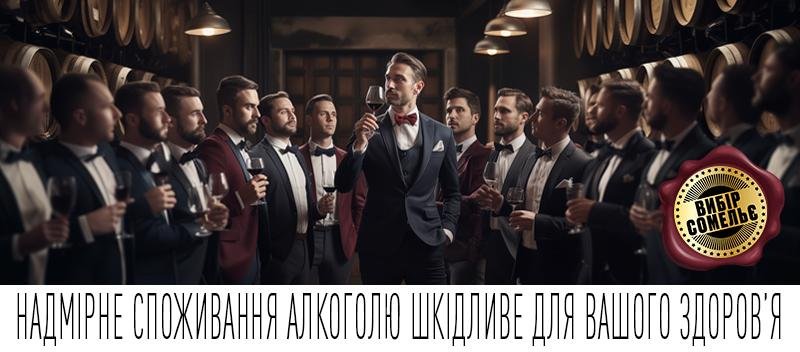

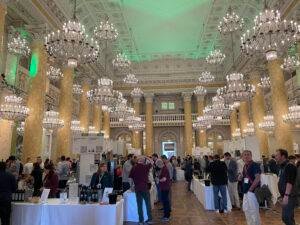
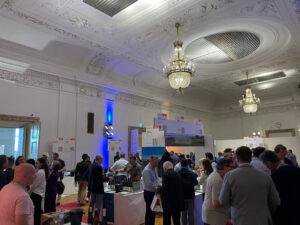
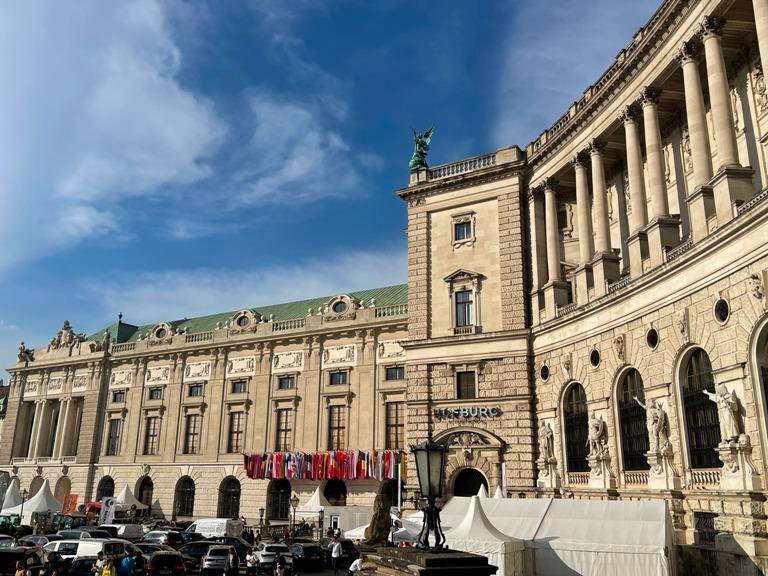
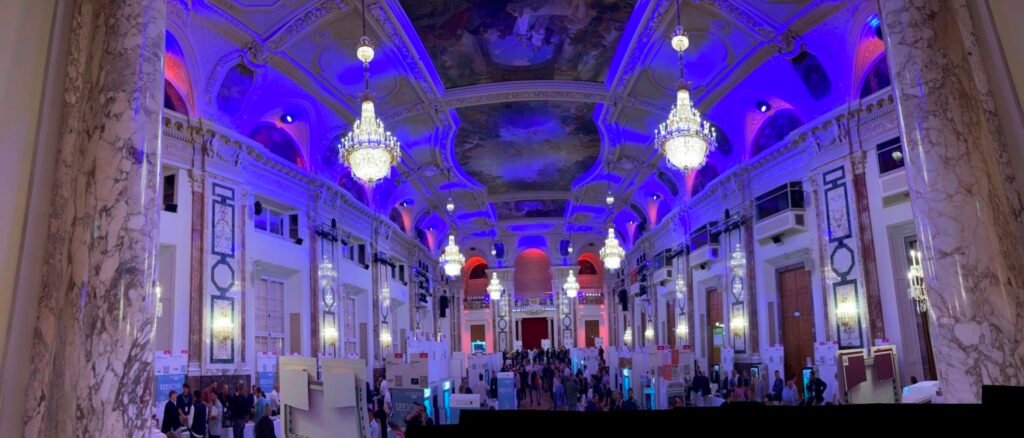
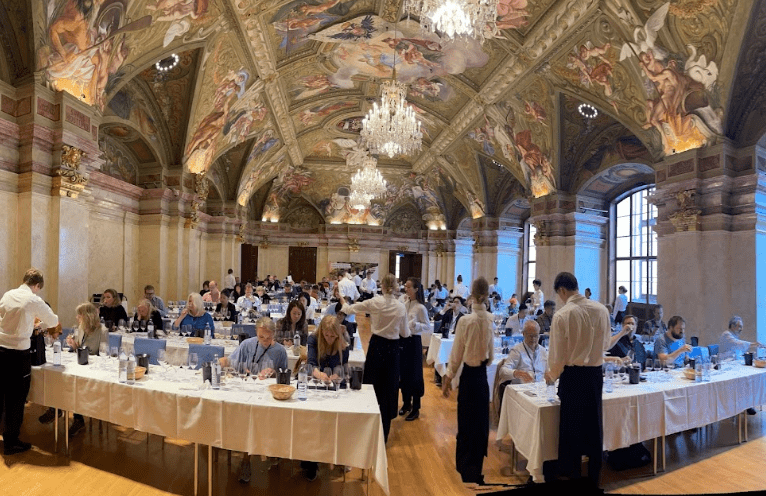
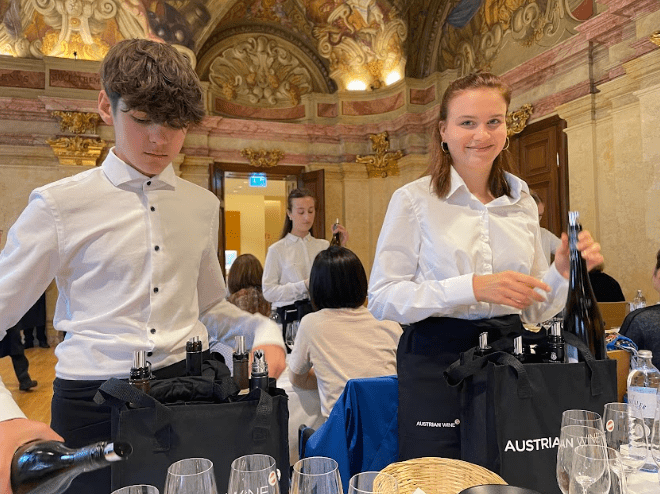
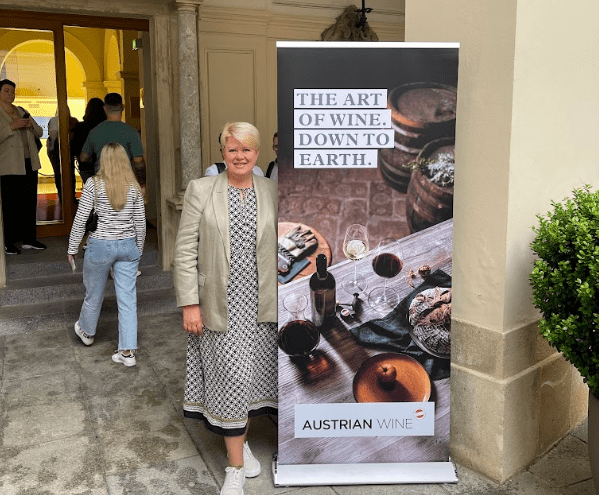
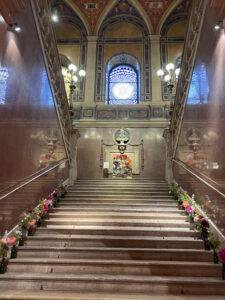
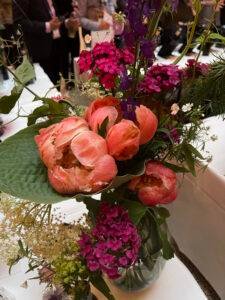
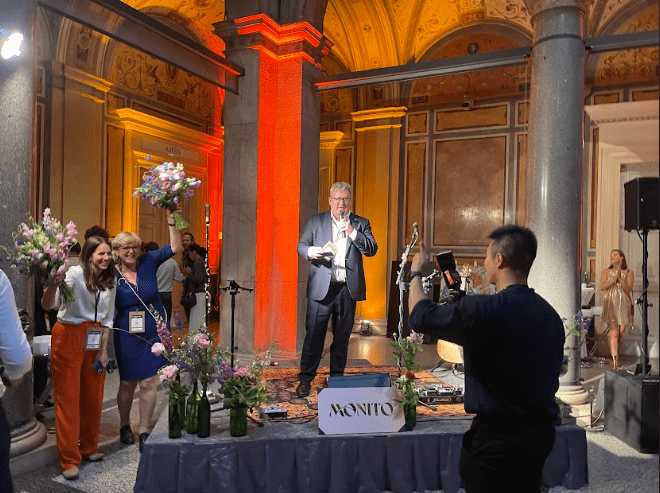
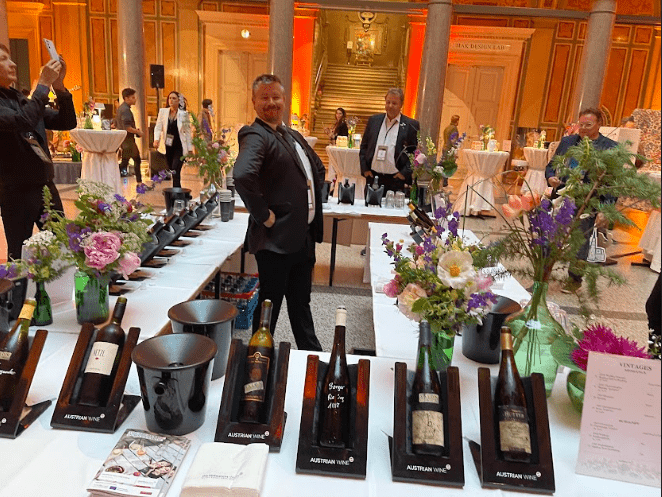
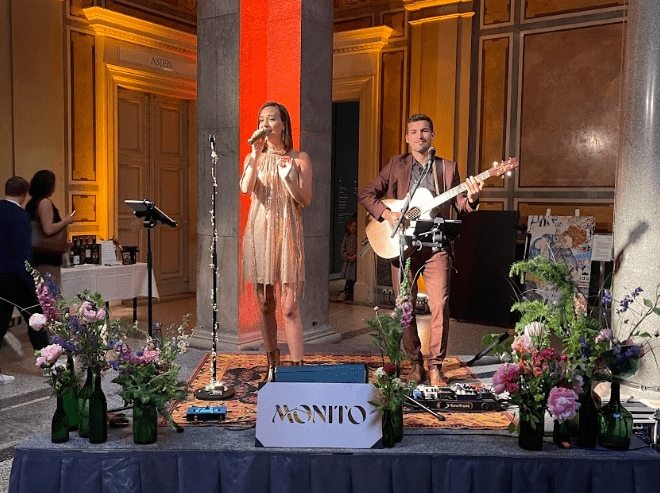
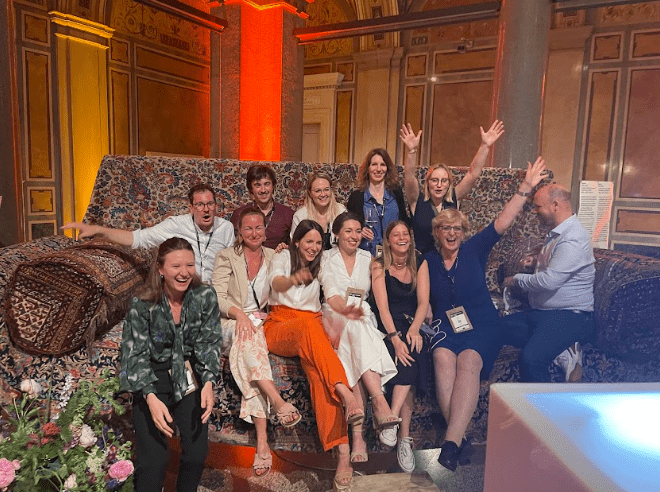
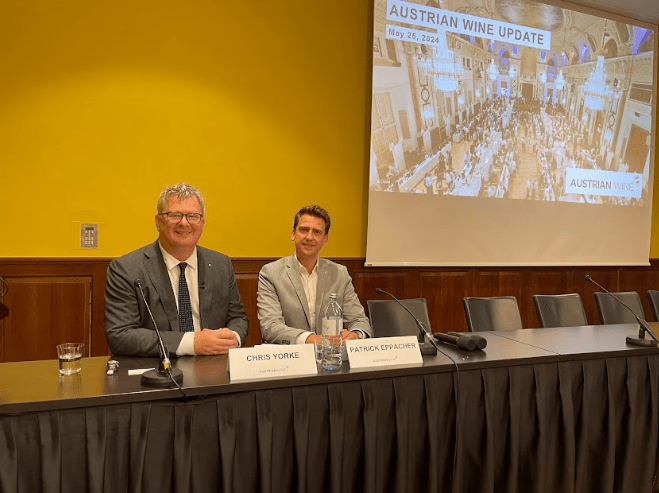
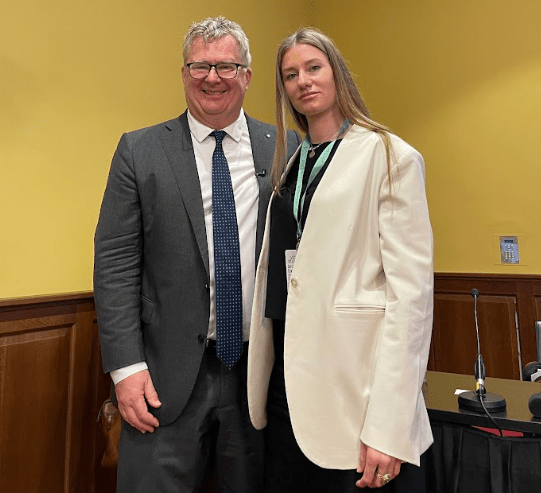
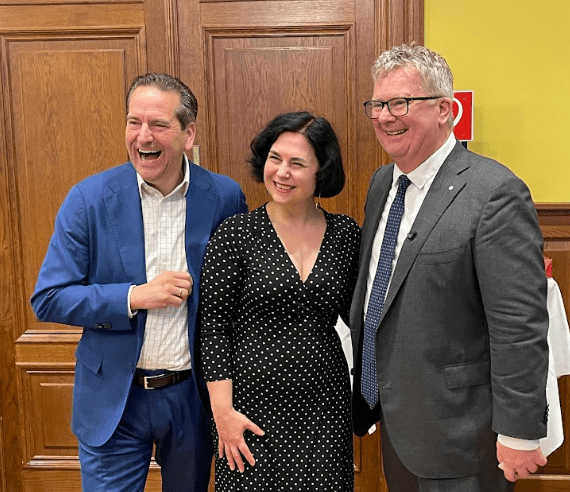
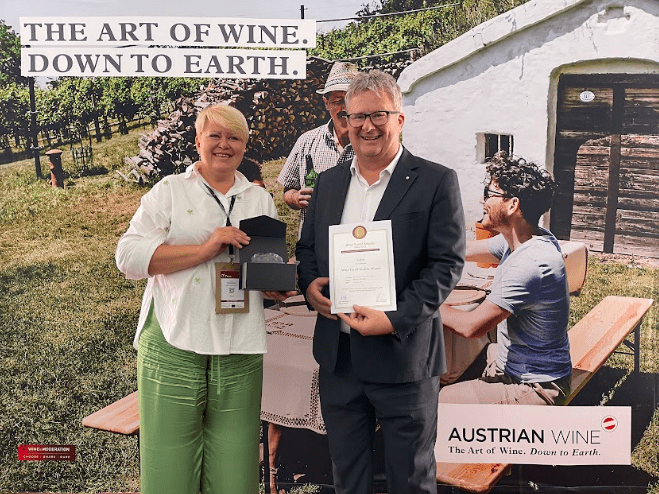

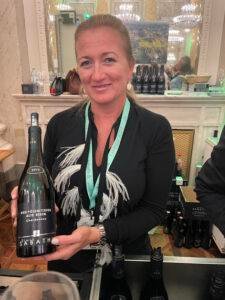
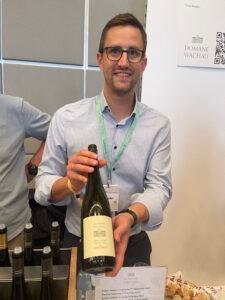
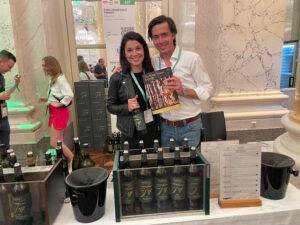
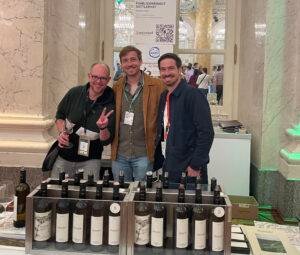
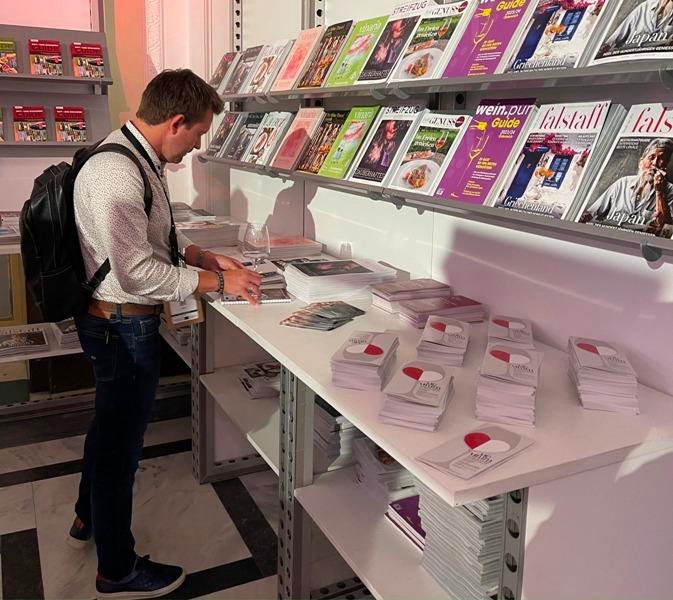
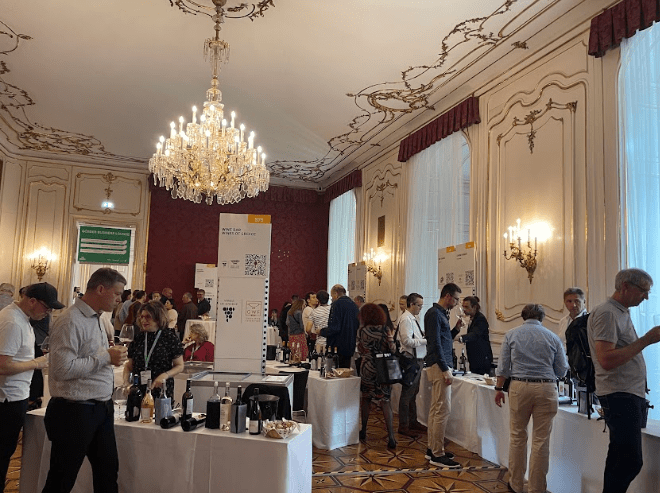
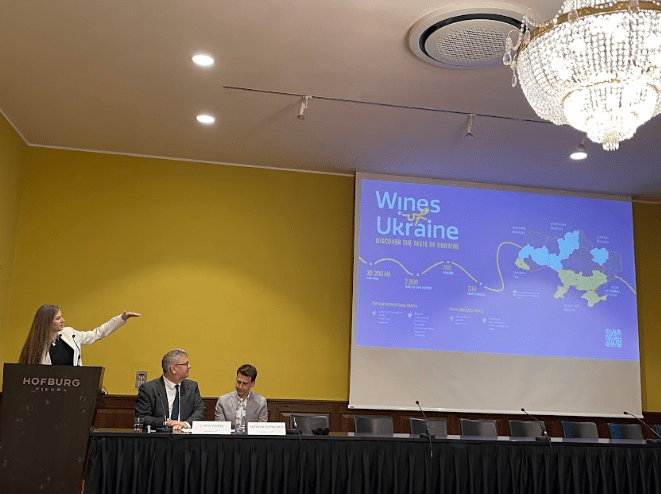
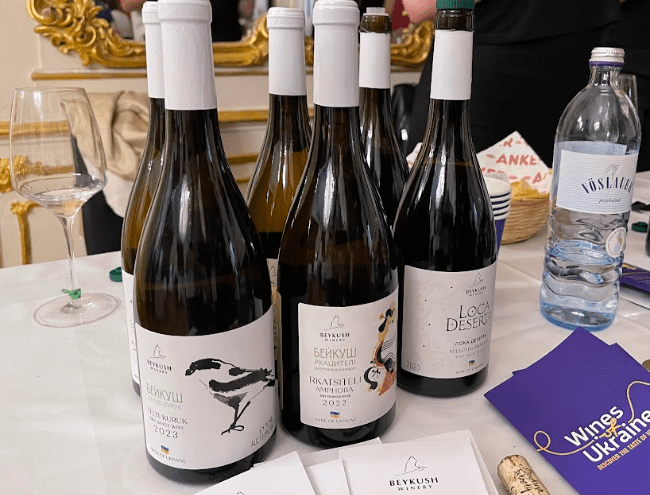
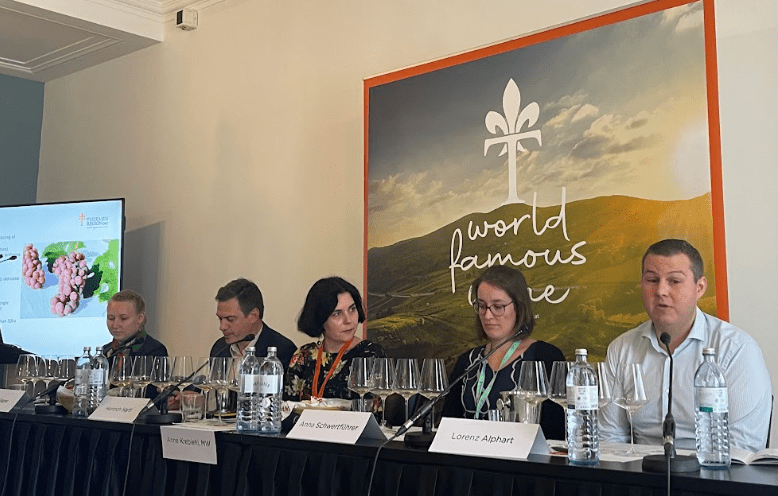

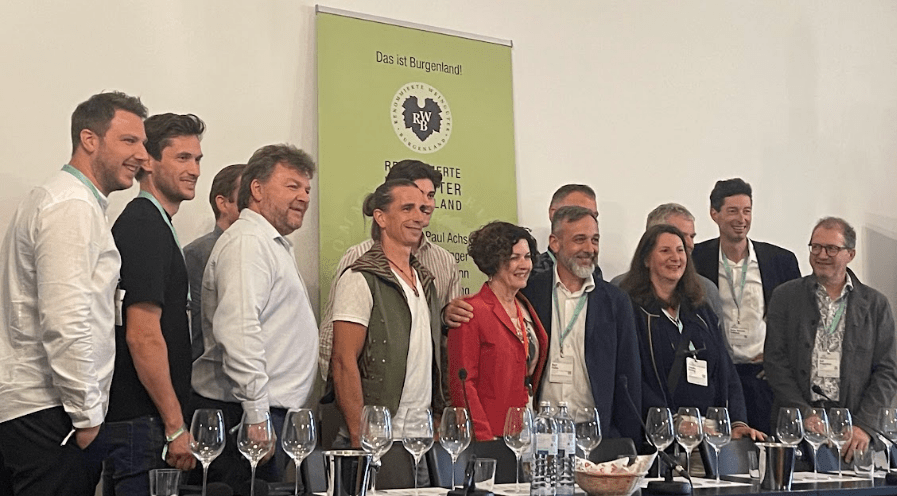
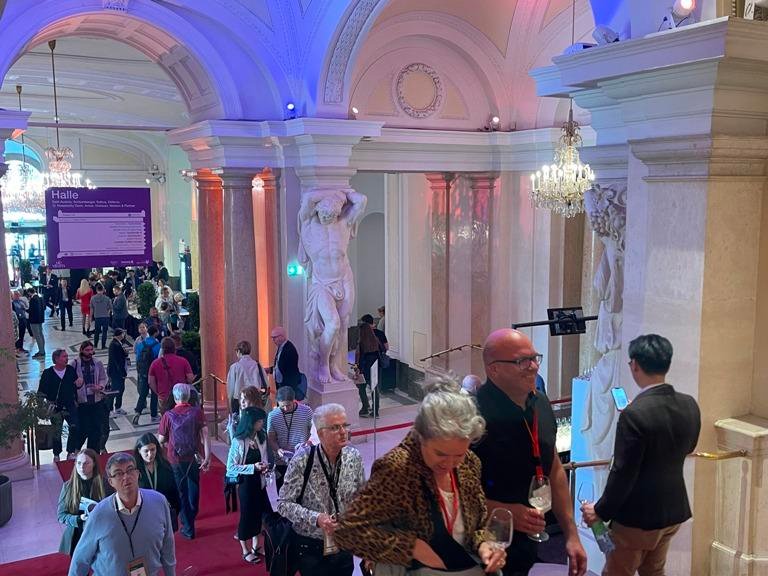

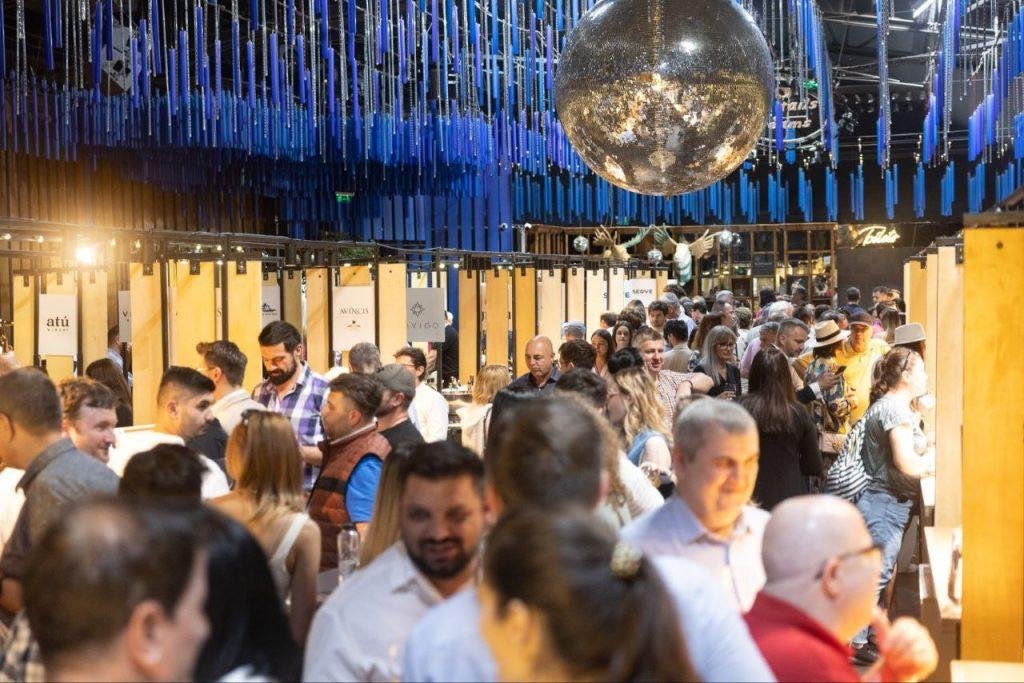


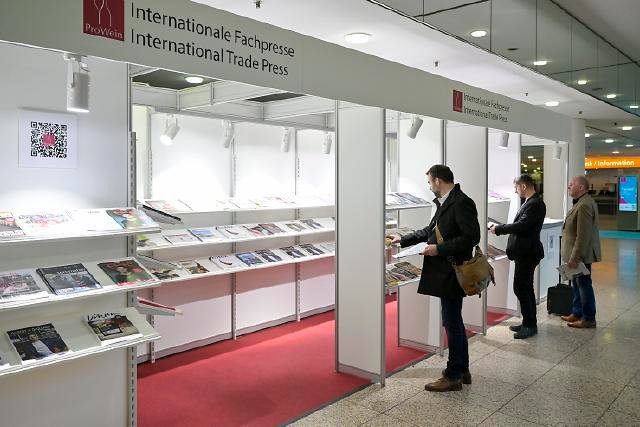



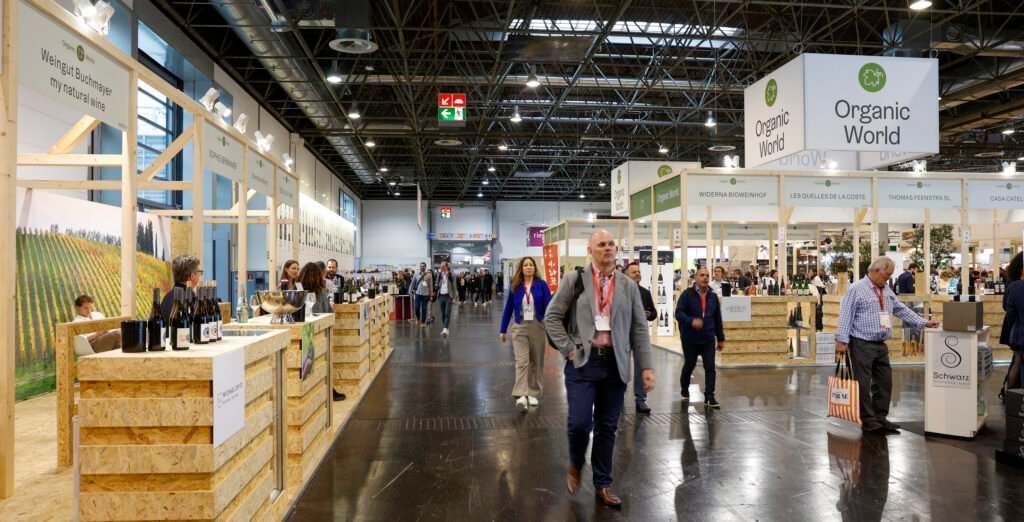

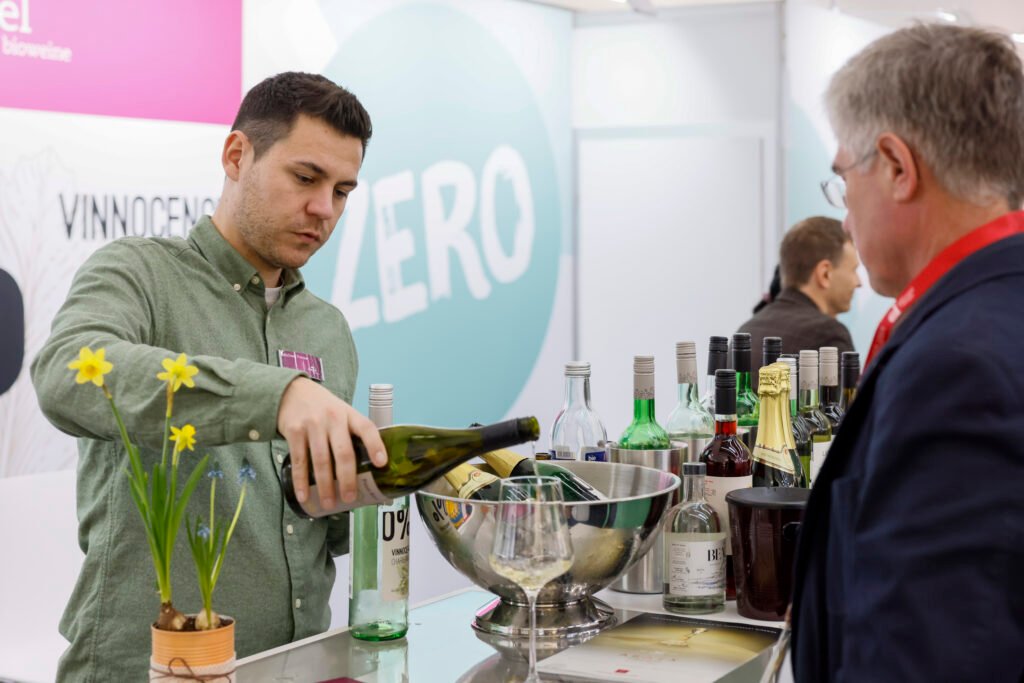

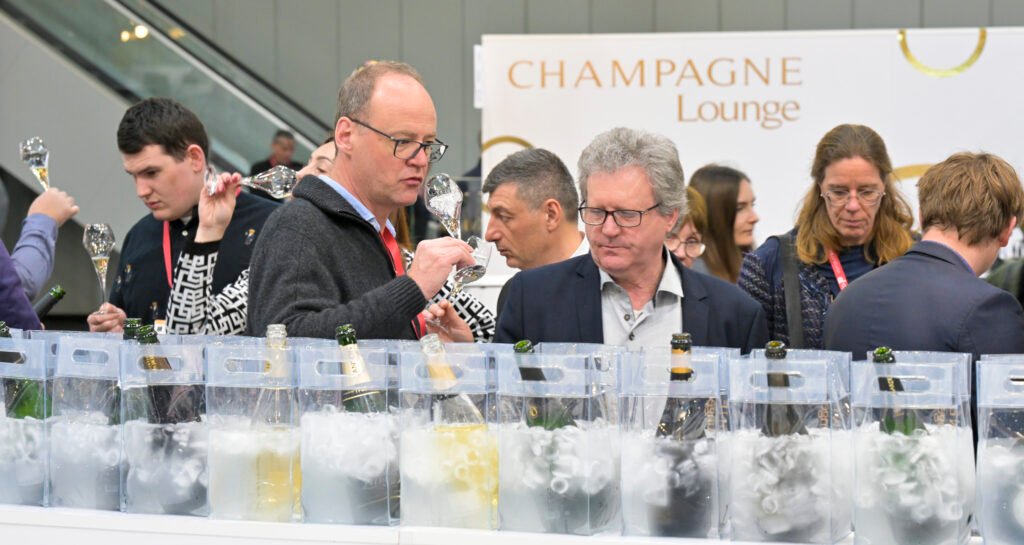

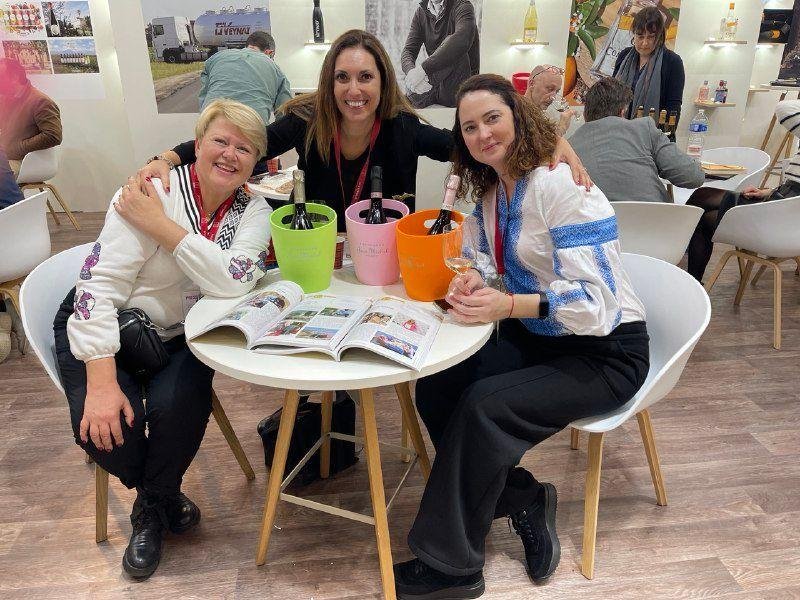


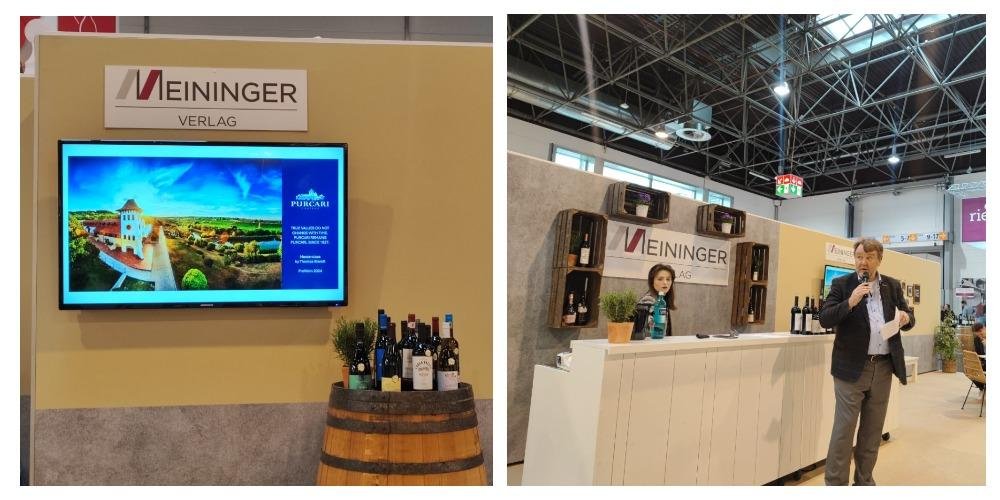


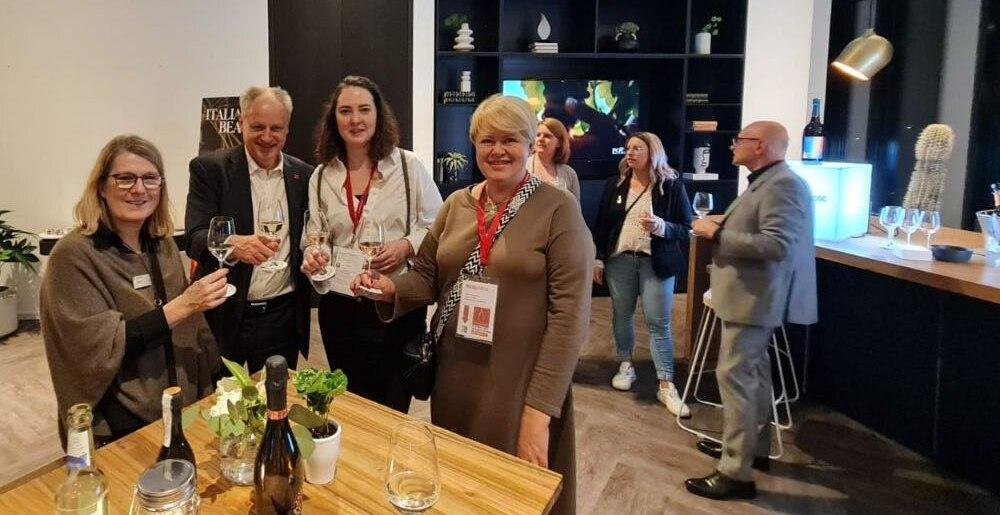 A carefully planned informal meeting with Prosecco DOC management and the ProWein office team highlighted the priority of sparkling wine quality and excellence. After all, the Prosecco DOC label today is a sign of the highest craftsmanship and signals to the buyer that gastronomic pleasure is guaranteed.
A carefully planned informal meeting with Prosecco DOC management and the ProWein office team highlighted the priority of sparkling wine quality and excellence. After all, the Prosecco DOC label today is a sign of the highest craftsmanship and signals to the buyer that gastronomic pleasure is guaranteed.






